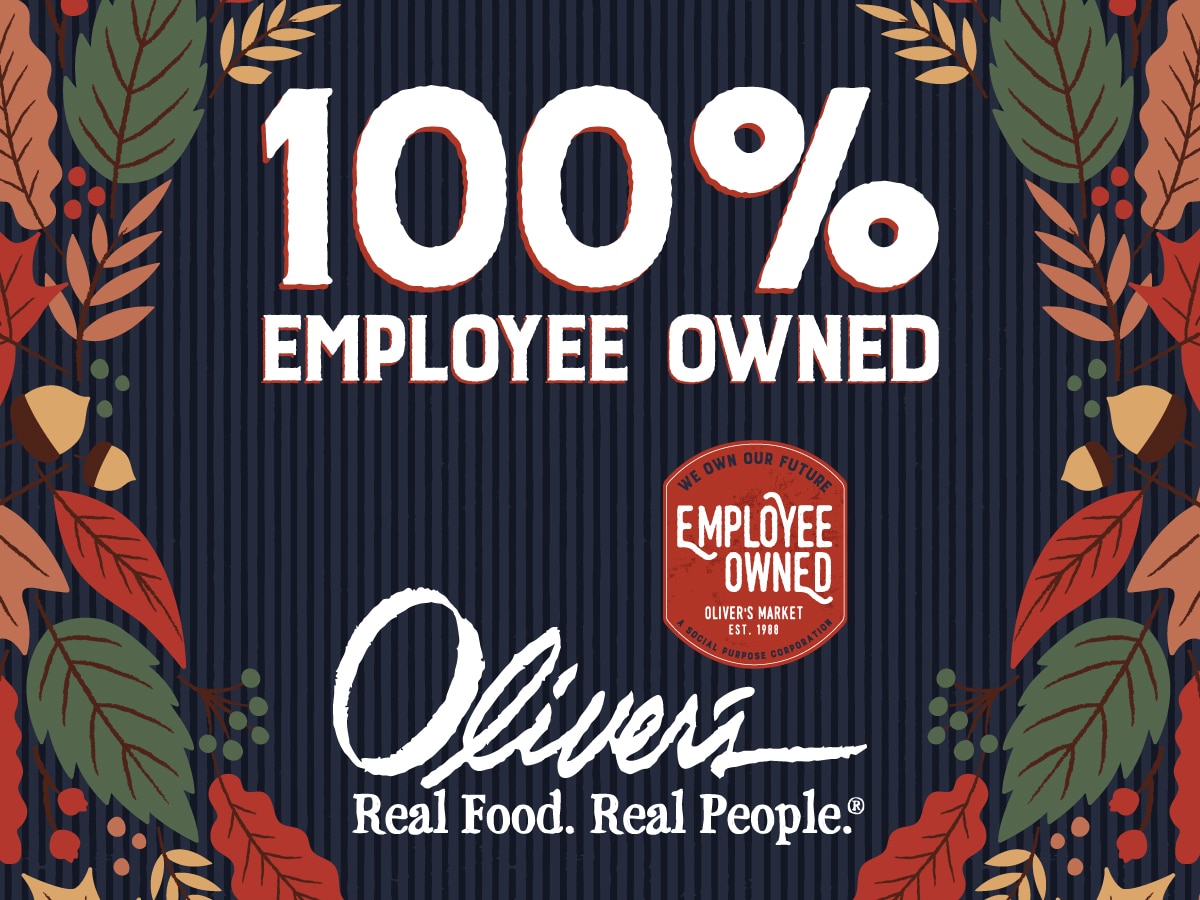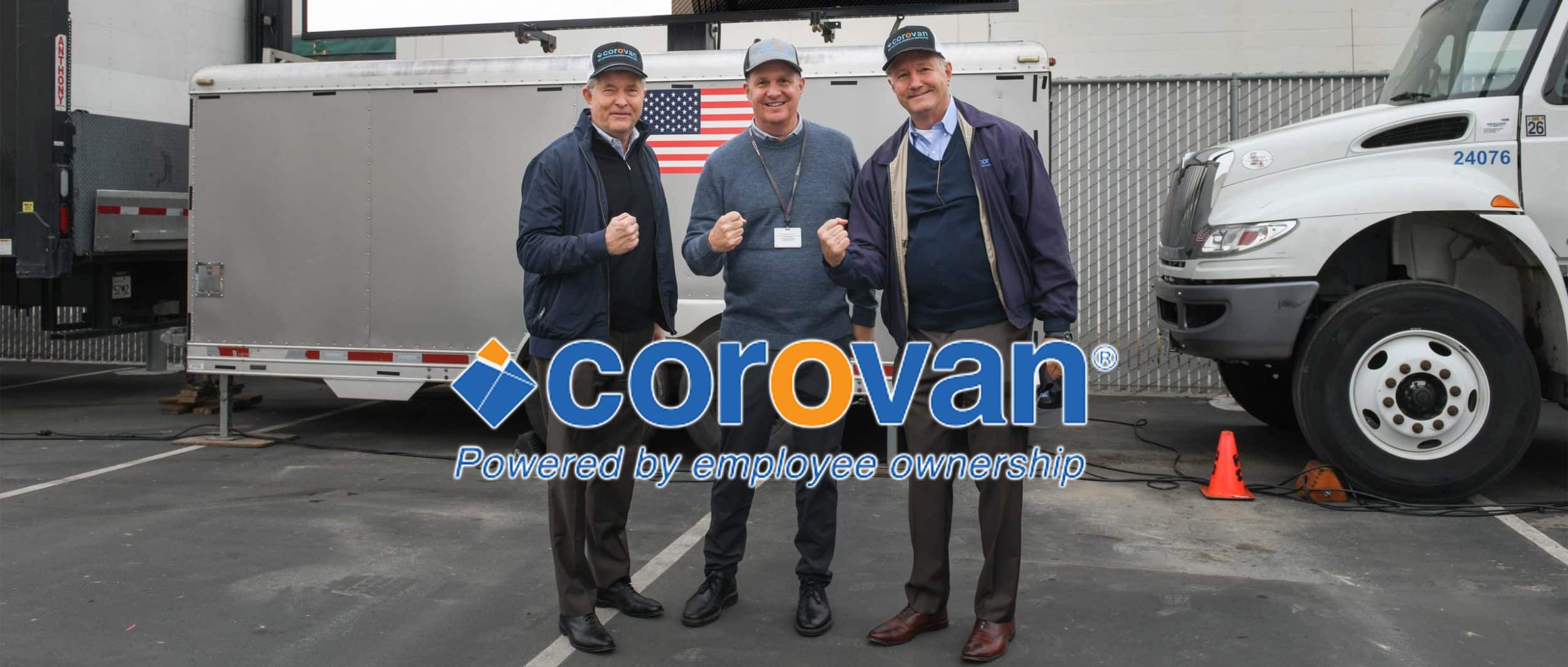(Why Selling Your Stock to an ESOP is Better than Selling to a Third Party)
If you are the owner of a successful decorative plumbing or hardware business, sooner or later you will face the prospect of having to exit the business, either because you wish to retire or because you wish to cash in the value of what you have built up and pursue other interests.
Disadvantages of Selling to a Competitor
The traditional way of exiting a business is simply to sell the business to a competitor. However, selling your business to a competitor has numerous disadvantages. First, few owners relish the idea of selling to a competitor. Invariably, the competitor will lay off and/or replace a number of your trusted employees, will run the business differently than you have run it, and will subordinate your company’s name and reputation to its own name and reputation.
Second, selling your business to a competitor can be a risky proposition. You will have to disclose confidential financial and operating information to your competitor. You will have to go through an extensive due diligence process. And often you will have to go through protracted negotiations with the buyer as to purchase price and purchase terms. Then, if the sale falls through, you may lose your competitive advantage, as well as some of your valuable employees.
Third, selling your business to a competitor for maximum benefit requires perfect timing and perfect foresight. If you sell too early, for example, you will miss out on future appreciation. If, on the other hand, you wait too long, you may get a lower price that you would otherwise have gotten.
Fourth, if you are not the sole owner, there is often a conflict between the older shareholders who want to sell now and the younger shareholders who want to hold on for several more years before selling the business.
Because of these and other factors, many owners of privately-held businesses are turning to another alternative that avoids these problems and is also considerably more flexible. This alternative is selling to an Employee Stock Ownership Plan (“ESOP”).
What is an ESOP?
At first blush, selling to an ESOP may not sound like a viable alternative. An ESOP sounds like something that is more of an employee benefit plan than a buyout tool. However, you should not be misled by the terminology. The ESOP is actually a variant of a management buyout, but is considerably more flexible and also has far better tax advantages. Selling your business to a management group has many of the same disadvantages as selling to a competitor. Often you will have to disclose confidential financial information that you would not otherwise have to disclose. And selling to a management group for maximum benefit, like selling to a competitor, requires perfect timing and requires that all of the existing shareholders sell their stock at the same time.
How Are ESOPs Structured?
Structuring an ESOP buyout is similar to structuring a management buyout, except that with an ESOP buyout the entire transaction is structured and implemented by the company itself, not by management or by the employees. An independent valuation professional conducts a thorough analysis of the company in order to establish the value of the company, and the company engages an ESOP consulting firm to draft the ESOP plan document and the ESOP trust document to reflect the desires and preferences of the company. The ESOP usually borrows however much money can be borrowed from a bank or other lender, based upon the company’s underlying borrowing capacity. The ESOP then buys part or all of the stock from some or all of the existing shareholders, depending upon whether the various shareholders want to sell stock now or sell stock later. To the extent that the bank financing is not sufficient to purchase all of the stock that is offered for sale, some or all of the selling shareholders may have to take back seller notes for the balance of the purchase price.
As mentioned previously, a big advantage of using an ESOP is its flexibility. With an ESOP, it is not necessary that everyone sell their shares all at once. If they wish, all of the shareholders could sell a portion of their shares on a pro-rata basis, while holding the balance of their shares for future appreciation. Or, if the shareholders agree to a non pro-rata sale, the older shareholders could sell their shares to the ESOP now, and the younger shareholders could hold their shares and sell them later.
Tax Advantages for C Corporation Owners
The tax- advantages of selling stock to an ESOP can be quite dramatic. Under §1042 of the Internal Revenue Code, in the case of a regular C corporation (or an S corporation or LLC that converts to C corporation status), if the ESOP acquires 30% or more of the outstanding stock, the proceeds will be tax-free, provided that the sellers reinvest a like amount of money in stock or bonds of U.S. companies (either publicly traded or privately held) within twelve months of the date of sale. If these conditions are met, then the capital gains tax will be deferred for as long as the sellers hold the replacement securities. If the sellers hold the replacement securities until death, then these securities acquire a step-up in basis, and the capital gains tax is never assessed.
Tax Advantages to S Corporation Owners
Selling stock of an S corporation to an ESOP also has significant tax advantages. For example, to the extent that an S corporation makes distributions to its shareholders so that its shareholders can pay their federal and state income taxes, the ESOP will receive a pro rata share of these distributions. Since the ESOP is a tax-exempt entity, the ESOP does not pay taxes on its share of S corporation earnings. Thus, an ESOP can use 100% of any distributions that it receives to pay for the stock that it has purchased from a selling shareholder. In effect, the ESOP creates an in-house market for the stock of the existing shareholders, often without requiring significant company funding other than the money the company would -otherwise have distributed to shareholders to enable them to pay their income taxes. If the ESOP eventually becomes the 100% owner, then the company in effect becomes a tax-exempt entity, since all of the company’s earnings will be attributable to the ESOP, which is a tax-exempt entity.
Other Advantages
ESOPs also have other advantages that selling to a competitor do not have. For example, there are numerous studies that have shown that employee-owned firms often grow faster and have greater profitability that comparable non-employee owned firms. Employee-owned firms almost always have reduced turnover rates and reduced absenteeism rates, and provide greater retirement benefits, than non-employee owned firms. In addition to benefitting the selling shareholders, ESOPs provide substantial benefits to the longer-term employees who have contributed to the company’s success.
Illustrative Case Histories
Some examples of owners who found that selling to an ESOP was more advantageous than selling to a competitor include the following.
Company A – Sole Owner in His Early 60s
Company A was a high-end decorative plumbing and hardware products business with three retail showroom locations. The sole owner, who was 60 at the time and had no children in the business, was looking for a way to exit the business in order to provide liquidity for his eventual retirement and to facilitate his estate planning objectives. After considering the alternatives, the sole owner elected to sell 100% of his company stock to an ESOP. Since the company operated as a C corporation at that time, the selling shareholder elected tax-free rollover treatment in order to avoid paying any capital gains tax on the sale. Immediately following this sale, the corporation switched to S status so that it would thereafter be tax-exempt and would be able to pay off the seller’s note much faster than otherwise would be possible. According to the selling shareholder, “I got the best of both worlds. I got to sell my business tax-free, and about 40% of my seller note gets paid off with funds that otherwise would have gone to Uncle Sam.”
Company B – Sole Owner in His Early 70s
Company B was an S corporation that was owned by a sole owner who was in his early 70s. The owner wanted to retire from the business over the next ten years and did not mind taking a seller note for part or all of the purchase price. However, the company was still growing, and he didn’t want to sell the business at the current price that one of his competitors offered. So instead of selling to his competitor at the price then offered, he implemented an ESOP and began selling his stock to the ESOP on a year-by-year basis. Since his company continued to increase in value each year, he was able to sell his stock each year at higher prices than the prices he received in prior years.
Company C – Husband and Wife Owners Whose Son Was Active in the Business
Company C was a C corporation that was owned by a husband and wife who were nearing retirement. They wanted to leave a controlling interest to their son, who was active in the business, but they wanted to take out a substantial sum of money so that they could retire and have adequate liquidity for their retirement. The solution was to implement an ESOP and sell 49% of their stock to the ESOP in exchange for cash and seller notes. Since they sold more than 30% of their stock to the ESOP, they elected tax-free rollover treatment and avoided having to pay any capital gains tax. Upon their death, their son will inherit their remaining 51% interest.
Company D – Multiple Shareholders Who Were of Different Ages
Company D was an S corporation that was owned by two shareholders who were in their 60s and two shareholders who were in their 40s. The two older shareholders wanted to sell the business and retire. The two younger shareholders want to own and operate the business for another 20 years before selling it to a competitor. The solution was to implement an ESOP and have the ESOP buy out the stock held by the two older shareholders. The two older shareholders were willing to take seller notes in exchange for their stock. After the sale, the corporation continued to distribute about 40% of its annual profits to its shareholders to enable them to pay their federal and state income taxes. The ESOP’s share of these distributions (together with annual tax-deductible company contributions) was sufficient to enable the ESOP to pay off the seller notes in less than ten years. As a result, the company was able to buy out the two older shareholders without undue expense and without having to sell the entire company to a third party.
Conclusion
While not every ESOP mirrors these case example, these case illustrate how selling to an ESOP can be a more flexible alternative than selling to a third party, can result in a better financial return for the selling shareholders, and can also provide greater financial benefits to longer-term employees as well.
Anyone who is considering selling their business should seriously consider the merits of selling to an ESOP before proceeding to sell their business to a competitor or to a third party.







